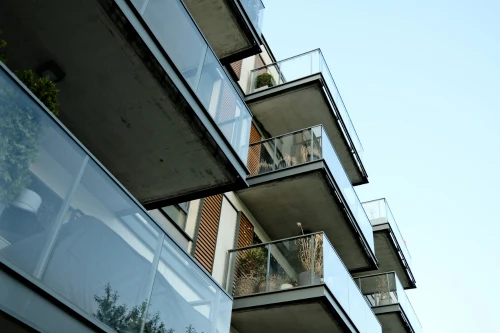
What Does Balcony Inspection SB326 Mean for HOAs and Community Boards?
What is SB326 for HOAs and Community Boards?
In California, Senate Bill 326 (SB326) is transforming how Homeowners Associations (HOAs) and community boards manage the safety and maintenance of multi-family residential properties. Passed into law in 2019, this legislation directly addresses the structural integrity of elevated exterior elements—most commonly balconies, decks, walkways, and stairways—used by multiple families in condominium buildings. For HOAs, this means a significant shift in responsibilities, risk management, and long-term planning.
Why SB326 Was Enacted?
SB326 was introduced in response to several tragic incidents involving the collapse of elevated structures in California, the most notable being the 2015 Berkeley balcony collapse that killed six people. The legislation is designed to prevent similar accidents by mandating routine inspections of key structural components, thereby protecting residents and reducing liability for property owners and associations.
Who Does SB326 Apply To?
SB326 applies specifically to:
- Condominium projects governed by a homeowners association.
- Buildings with three or more units that contain elevated load-bearing elements more than six feet above ground level, such as balconies, decks, and elevated walkways. HOA-managed communities, compliance is mandatory.
Balcony Inspection for HOAs
Here’s what SB326 requires from community boards and HOAs:
- Initial Inspection by 2025
All qualifying buildings must complete their first inspection by January 1, 2025. This inspection must be conducted by a licensed structural engineer or architect. The deadline has already passed, and many HOAs have started receiving penalties. - Regular Re-inspections
After the initial review, inspections must be repeated at least once every nine years. - Detailed Reports
The inspection must assess the structural integrity of wood-framed elevated elements, identify present or potential hazards, and recommend repairs. The results must be:- Delivered to the HOA board.
- Included in the Reserve Study.
- Made available to homeowners upon request.
- Repairs and Follow-Up
If immediate threats to safety are discovered, the inspector must notify the HOA and local building authorities. Repairs must be performed promptly.
What SB326 Means for HOA Boards
1. Increased Legal and Financial Responsibility
Community boards are now legally required to ensure the safety of common structural components. Failure to comply can result in:
- Significant liability in case of injury or death.
- Potential legal action from homeowners.
- Increased insurance premiums.
2. Reserve Study Integration
Inspection results must be reflected in the Reserve Study, potentially leading to:
- Adjustments in HOA dues.
- Revised long-term capital expenditure planning.
- Improved forecasting of repair and replacement costs.
3. Vendor Selection and Project Oversight
HOAs must work with licensed professionals and reputable contractors. Boards should be proactive in:
- Soliciting multiple bids.
- Ensuring thorough documentation.
- Establishing clear timelines and communication protocols.
4. Transparency and Communication
Homeowners are entitled to know the condition of their shared structures. Boards must:
- Keep detailed records.
- Communicate timelines, costs, and safety concerns clearly.
- Document all decisions related to inspections and repairs.
Challenges HOAs Might Face
- Cost Management: Structural repairs can be expensive, and unexpected findings may strain reserves.
- Board Education: Many volunteer board members lack technical knowledge. Partnering with professionals is essential.
- Compliance Deadlines: Boards that delay inspections risk last-minute scheduling bottlenecks or regulatory penalties.
Conclusion: From Reactive to Proactive Management
SB326 is more than a regulatory requirement—it’s an opportunity for HOA boards to demonstrate leadership, prevent future liabilities, and protect their residents’ lives and property values. Compliance requires planning, budgeting, and communication, but it ultimately strengthens the community’s physical and financial foundations.Unlike SB721, which applies to apartment buildings, SB326 specifically targets condominiums managed by HOAs, placing the responsibility for inspections and repairs directly on the community board.
The 2025 deadline is fast approaching. Now is the time for HOAs to act decisively, partner with qualified inspection firms, and implement sustainable maintenance practices for years to come.
Concerned about the impact of your outdoor hobbies on your balcony?
Don’t leave the safety of your property to chance. DrBalcony is a leading Tech Engineering firm specializing in California SB 326 and SB 721 balcony inspections. With over 300+ completed projects in California, our expert team ensures thorough, compliant, and reliable assessments.
Contact DrBalcony for a professional inspection!
Call us: 805-312-8508


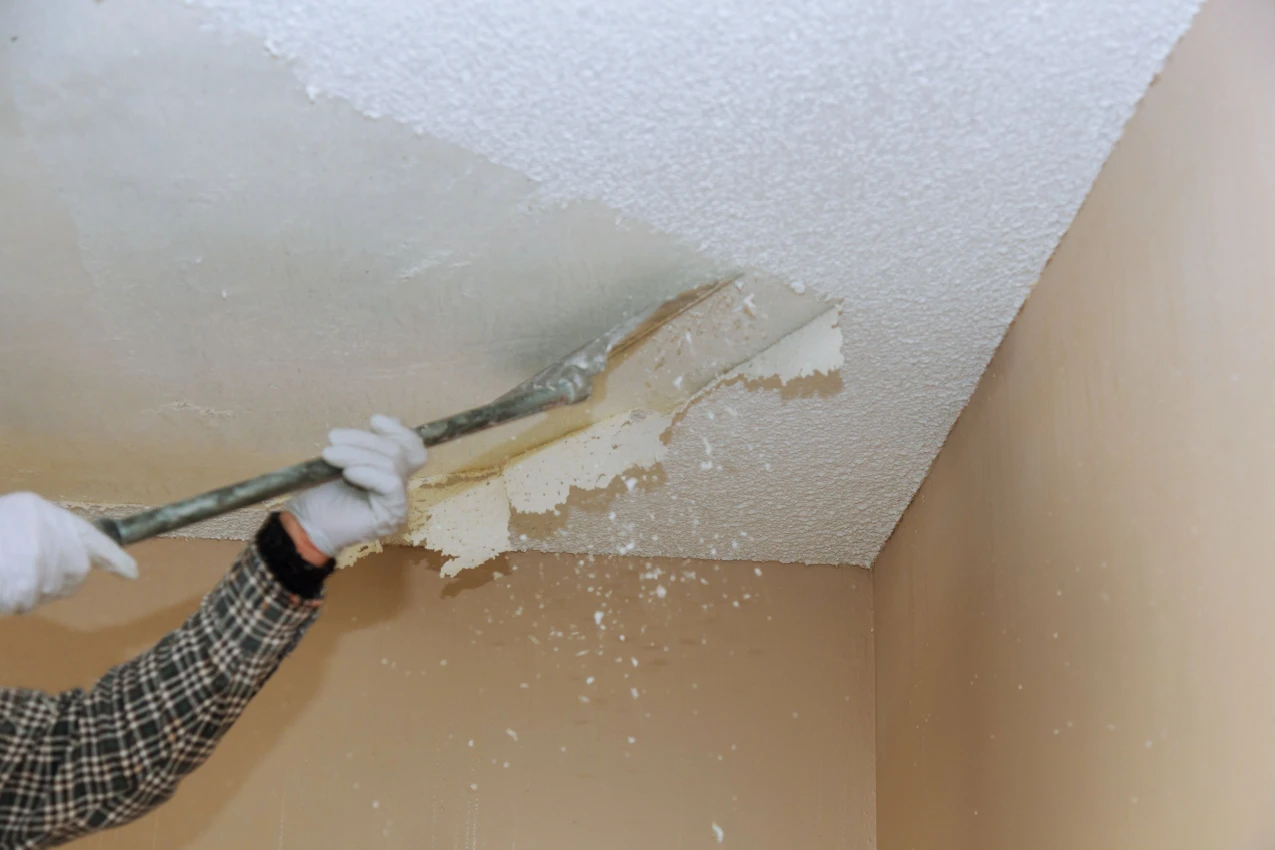
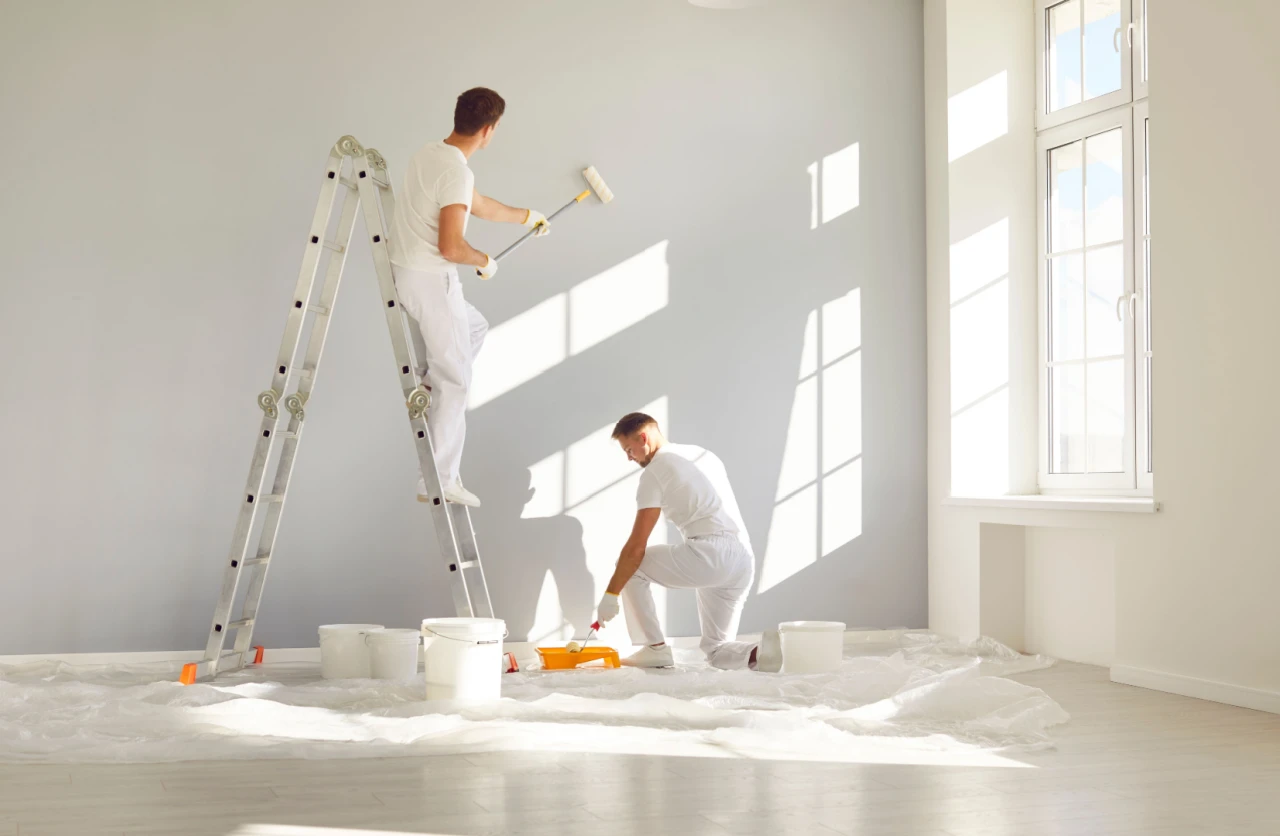
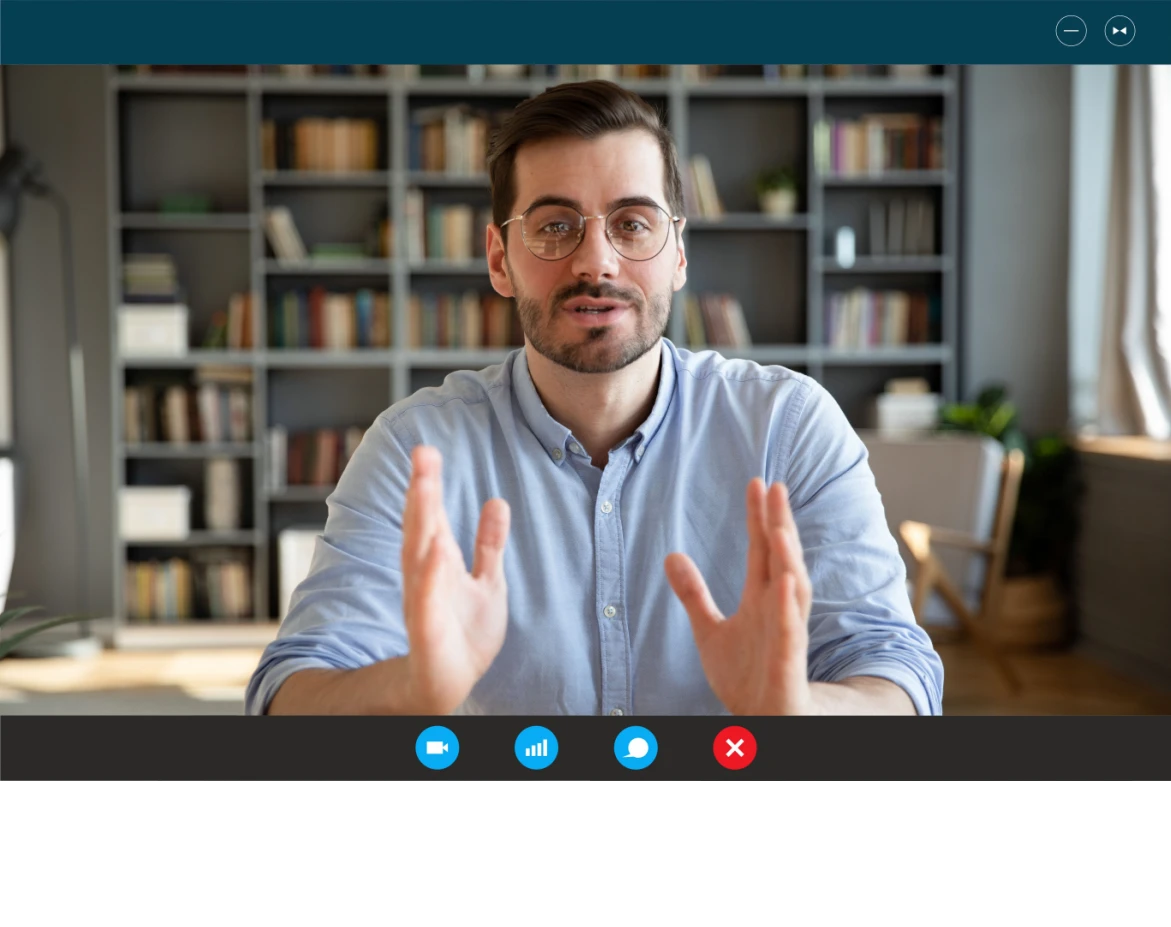
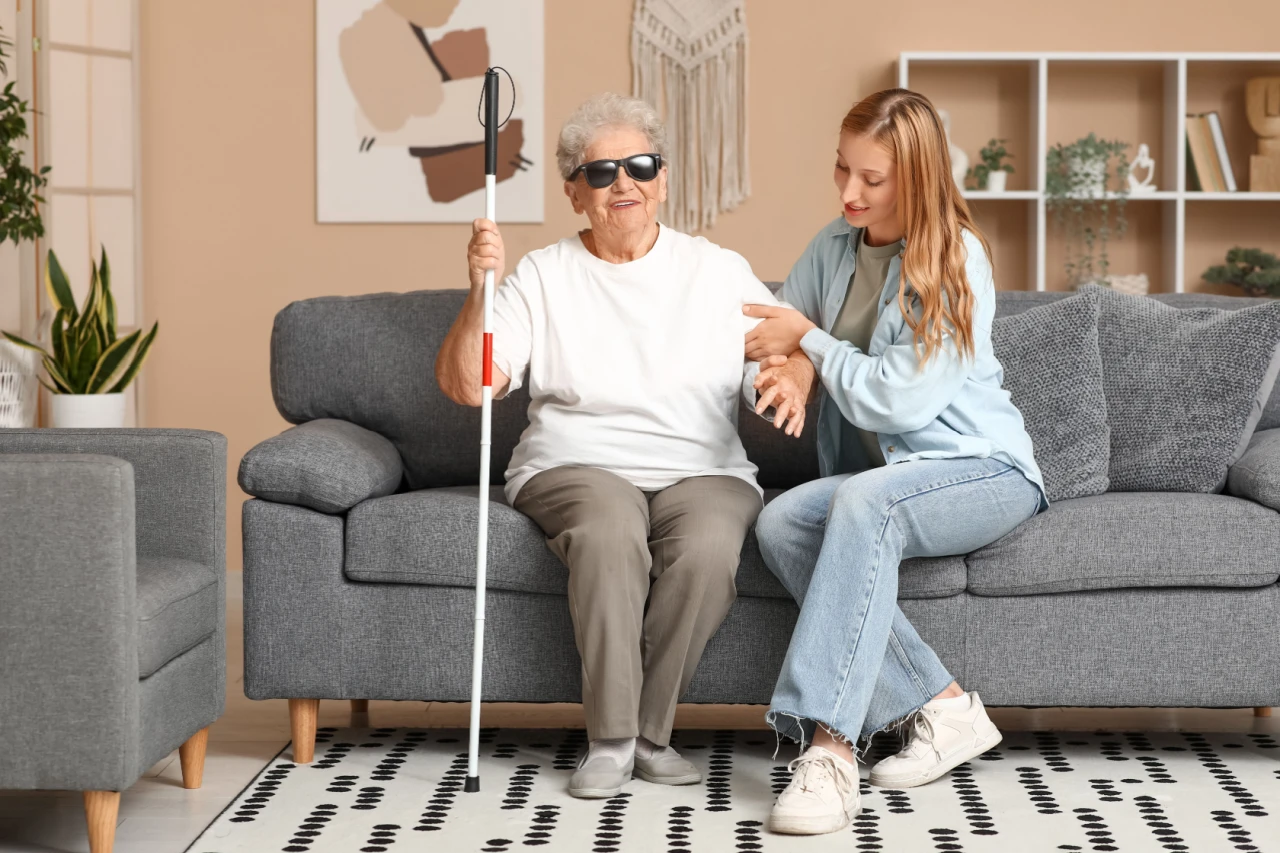








 Accessibility
Accessibility